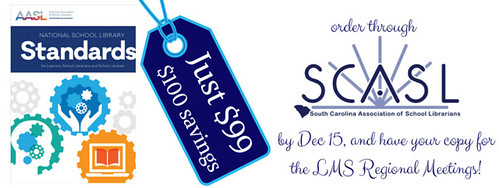The first time I went to Yunasa in 2015, I was extremely nervous. At the time, I was pretty much the textbook introvert, having been homeschooled for almost two years. Additionally, I had gone the year before to a sea camp, where I was bullied by the three boys who I shared a room with. Because of this, I was very anxious as we pulled into the line of cars forming at the camp entrance. As I sat in my backseat with the windows up, I began to notice a few of the other kids getting out of their parent’s cars and playing tag. Initially, I didn’t want to leave the safety of my aunt’s car. However, after some coaxing from my mother and aunt, I decided to venture outside and meet the others. About two seconds later, I was shocked to see every one of those campers come over to introduce themselves to me and welcome me to camp. Not only that, but the kids then asked if I wanted to join them in their game. It took around 40 minutes for all of our parent’s cars to reach check-in and by the time the campers had all congregated in the Dance Hall, any fears I had about the camp had melted away.
During my first year at camp, Yunasa was a place where I learned I could be myself without the fear of being rejected or criticized by my peers. For the first few days, whenever I would try to isolate myself (as I had a tendency to do in those days), there was always a swarm of campers who would come up and convince me to join their games. One camper in particular, Noah, was extremely welcoming when I first arrived, immediately taking me under his wing and introducing me to many of the older campers. As I started to feel more comfortable around the other kids, it didn’t take long for me to become good friends with most everyone there (including the counselors and elders), many of whom I am still in contact with to this day.
At last, I had found a group of people where I felt comfortable being myself, where I could be interested in something like genetics and not draw scrutiny from my peers. While, at the time, I was far too nervous to participate in the camp’s annual talent show, I still vividly remember all the creativity and excitement present throughout the performances. Though many of the campers performing have since left, I have enjoyed maintaining fairly frequent contact with many of them, further strengthening the bonds I formed at camp. By the time camp had come to a close at the end of the week, I truly felt like I had found a second family, one to which I still feel deeply connected to this day.
My second year at Yunasa was filled with excitement and friendship. Within about five minutes of arriving, I managed to get hugs from probably 90% of the returning campers. It took almost no time for me to acquaint myself with all of the new campers, unbelievably happy to be starting the new year. Throughout camp, I made it my personal goal to learn to be more open to differing points of view, something which has since proven extremely helpful in creating friendships both within and outside of camp. I was lucky enough that year to meet an amazing lady named Qiao, who is currently the Yunasa Coordinator. She and I are very good friends, and I always look forward to seeing her at camp. For the most part, I spent my second year excited to be back amongst my friends, around people who could I could relate to.
That year had been very difficult for me as my brother had become very sick. While he and I do tend to argue quite a bit, I would be unable to cope if anything ever happened to him. For the better part of five months, I had bottled up that anxiety, allowing it to consume me as it slowly turned into depression. At first, I was very reluctant to share about the issue, even among my friends at camp, as I didn’t want to be judged or called a sissy, as I had been back home. When I finally did share, however, those fears were quickly washed away, and I was immediately met with multiple warm hugs and words of encouragement. I came away from camp feeling much more optimistic and even now I think back to that week whenever I’m feeling low. While Yunasa did not eliminate my depression, it set me on the way to working through it. Though I was still teary eyed as my aunt’s car pulled away, I came out of my second year with many new friends and a rekindled determination to keep in even better touch with fellow campers than the year before.
Admittedly, I was squirming in my seat with anticipation as my aunt drove my cousin and I through the main entrance of camp this past summer. Eager to see my friends, excited to meet new campers, exhilarated by the mountain air, one could say I was quite ready to be back. Throughout the week, I spent dozens of hours doing activities which involved as many campers as possible, growing ever more aware that the next year would be my last for some time. Determined to not allow a moment to slip through my fingers, I brought along a camera to document my experience. I have pictures of s’mores roasting, the camp dance night, the talent show and so much more. Truly, I don’t think I could have ever been prepared for the amount of fun I had that year.



Follow Us
Were this world an endless plain, and by sailing eastward we could for ever reach new distances